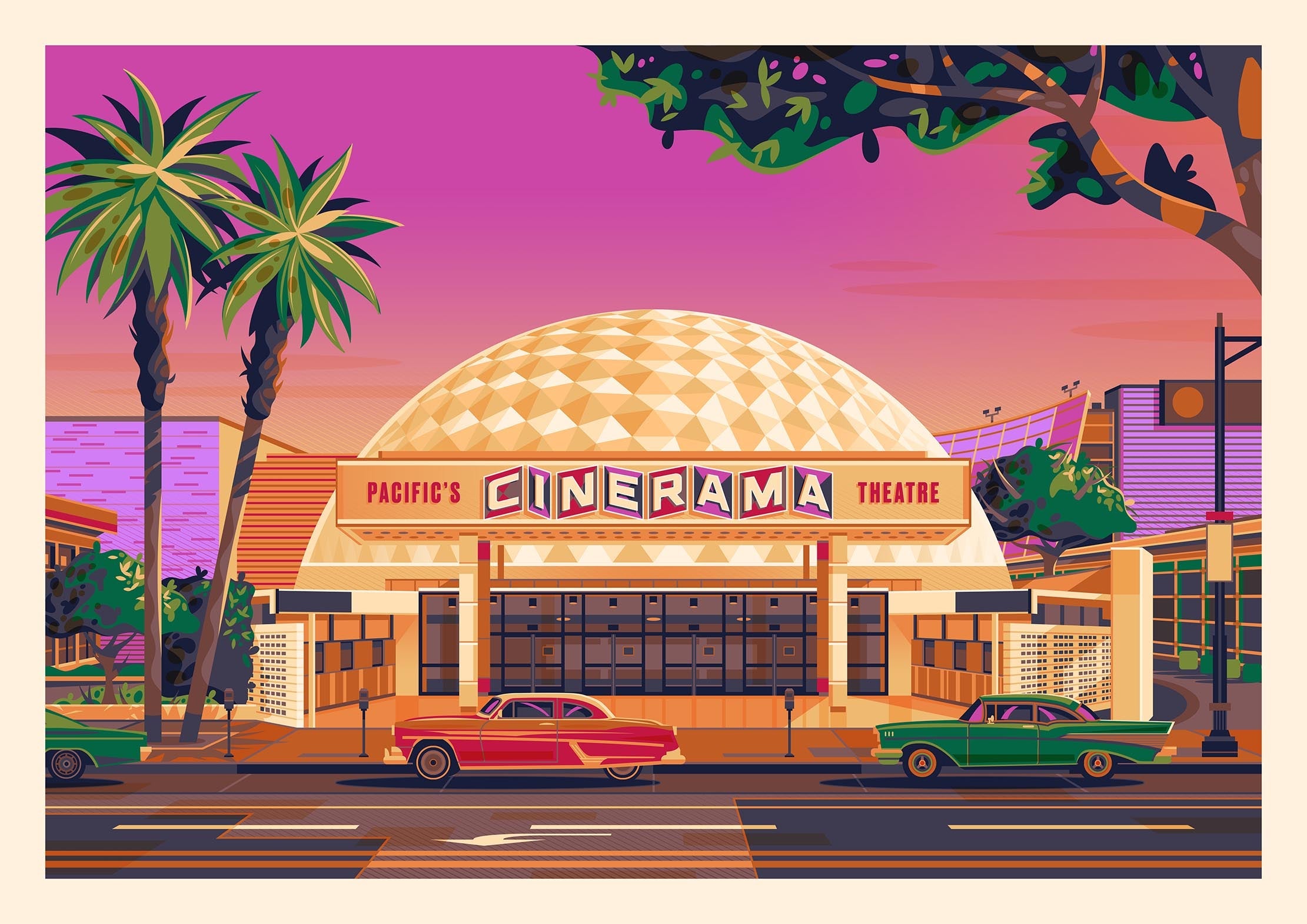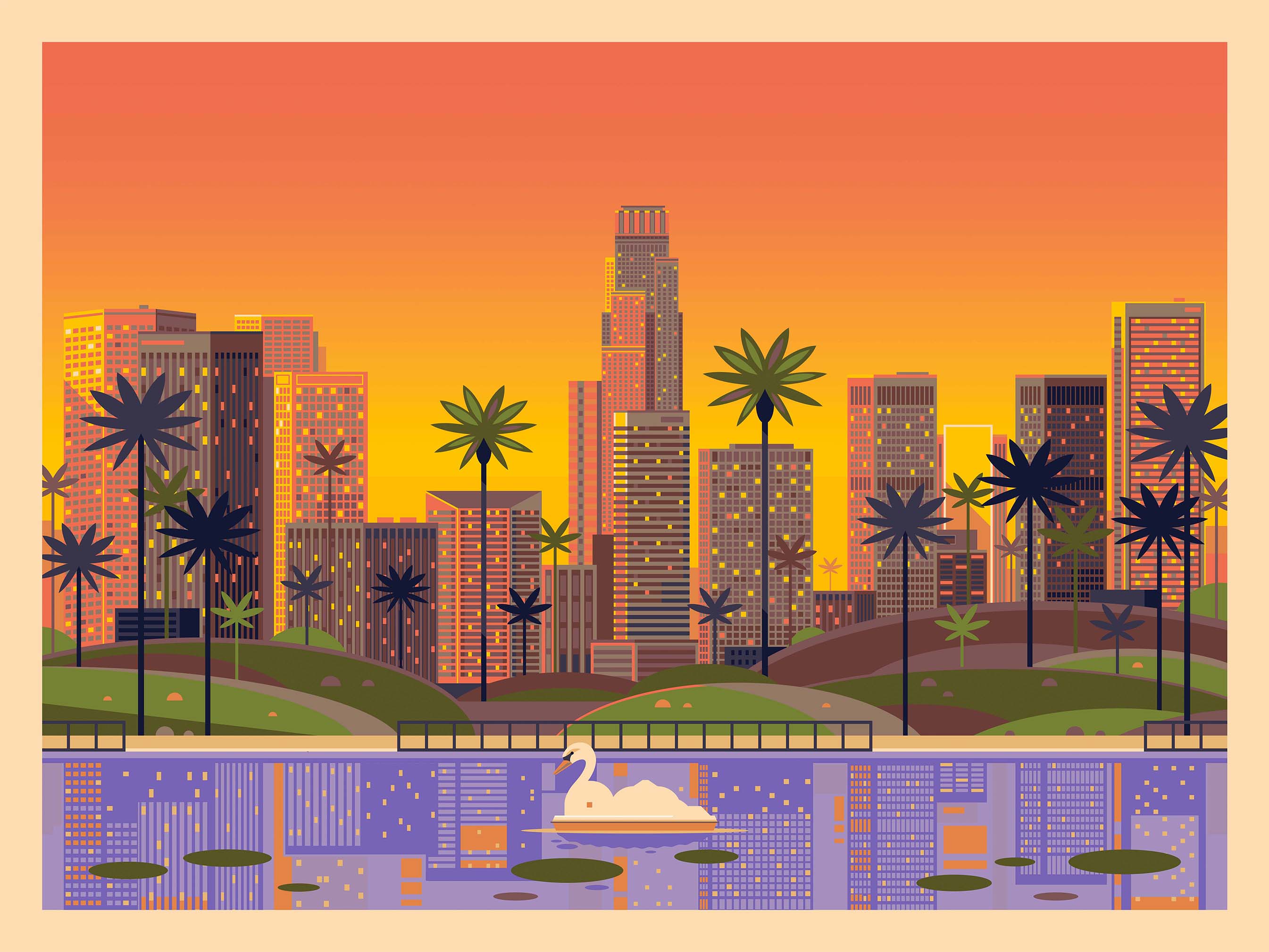Los Angeles Travel Guide
-
Read more: Exploring Dingbat Houses in Los Angeles: A Unique Architectural Phenomenon
Exploring Dingbat Houses in Los Angeles: A Unique Architectural Phenomenon
by George Townley
Los Angeles is known for its diverse architectural landscape, from the luxurious mansions of Beverly Hills to the sleek modernism of mid-century...Read more -
Read more: The Capitol Records Building: The Story of an LA Icon
The Capitol Records Building: The Story of an LA Icon
by George Townley
A Glimpse into the Past Nestled in the heart of Hollywood, the Capitol Records Building stands as a timeless testament to Los Angeles' rich musi...Read more -
Read more: The Chinese Theatre in Los Angeles: A Historic Hollywood Landmark

The Chinese Theatre in Los Angeles: A Historic Hollywood Landmark
by George Townley
Nestled on Hollywood Boulevard, the TCL Chinese Theatre stands as one of Los Angeles' most iconic and storied landmarks. Since its grand opening ...Read more -
Read more: The Story Behind the Cinerama Dome: A True Hollywood Icon

The Story Behind the Cinerama Dome: A True Hollywood Icon
by George Townley
Located on the famous Sunset Boulevard in the heart of Hollywood, the Cinerama Dome is one of Los Angeles' most iconic landmarks. Since its grand...Read more -
Read more: The In-N-Out Tour of Los Angeles

The In-N-Out Tour of Los Angeles
by George Townley
Founded in Baldwin Park in 1948, In-N-Out Burger has become an iconic part of Southern California culture, known for its simple yet delicious men...Read more -
Read more: The Most Iconic Landmarks in Los Angeles

The Most Iconic Landmarks in Los Angeles
by George Townley
Los Angeles is a city filled with iconic landmarks that attract visitors from all over the world. Whether you're a local looking to explore your ci...Read more



